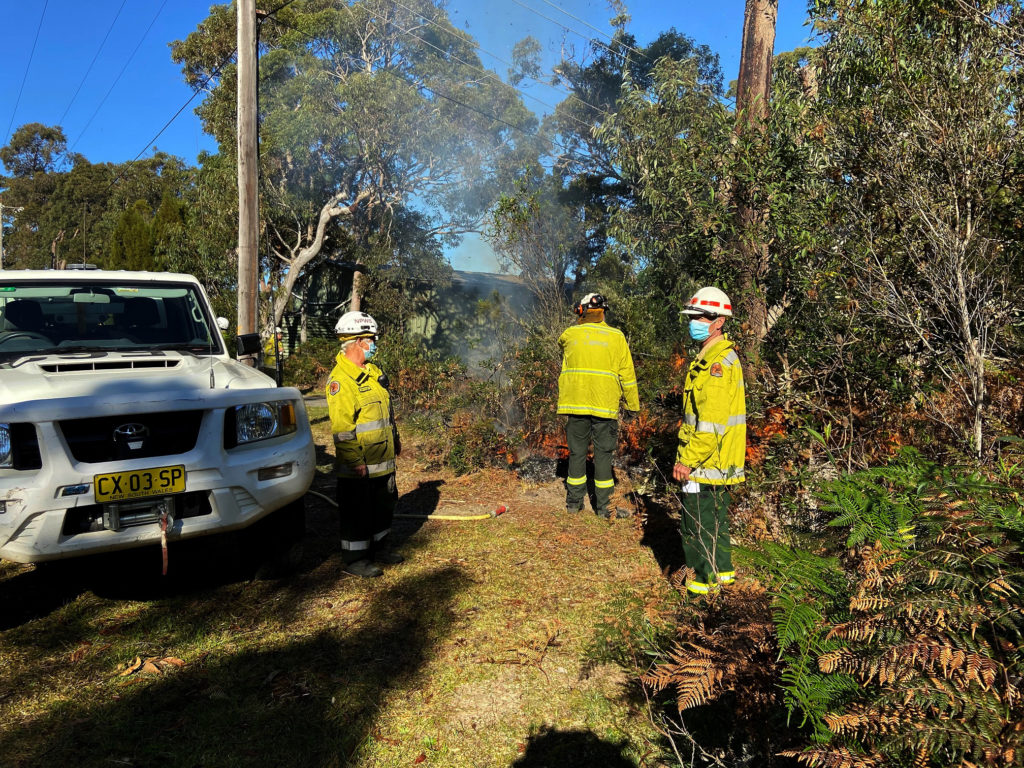The National Parks and Wildlife Service (NPWS) has successfully completed a small, but critical hazard reduction burn in Lake Macquarie State Conservation Area (SCA).
NPWS Central Coast Area Manager, Steve Atkins, said the 1.6ha controlled burn significantly reduced fuel loads around the Chain Valley Bay community and Lakeside lifestyle community to protect residents from future bushfires.
“It was a real team effort, with 12 NPWS staff working across the burn area, which spanned both Lake Macquarie State Conservation Area and neighbouring private property,” he said.
“We were able to reduce the amount of dry fuel in the area, things like shrubs, bark, dry leaves and twigs, to a very low level, which will bode well for keeping these communities safe in future summer seasons.
“We’d really like to thank the residents close to this burn for their understanding and support last week while we undertook this small, but important burn and subsequent mop-up operations.
“By their nature, hazard reduction burns produce smoke, but we planned the operation carefully based on the weather and wind forecast, and closely monitored conditions throughout the day to ensure there were minimal smoke impacts on the local community,” Atkins said.

This burn is one of numerous hazard reduction operations being undertaken by NPWS on the Central Coast ahead of this summer.
Hazard reduction took place in mid-August at Lake Munmorah on a 2ha parcel of land off the Pacific Highway and along Colongra Bay Rd.
Another burn across 543ha in Jilliby State Conservation Area, planned for three days in late August, was postponed because of wet weather.
Hazard reductions, an essential activity under the current Public Health Orders, are conducted in partnership with the Rural Fire Service in a COVID-19 safe manner to ensure the safety of fire crews and the community.
Sue Murray



